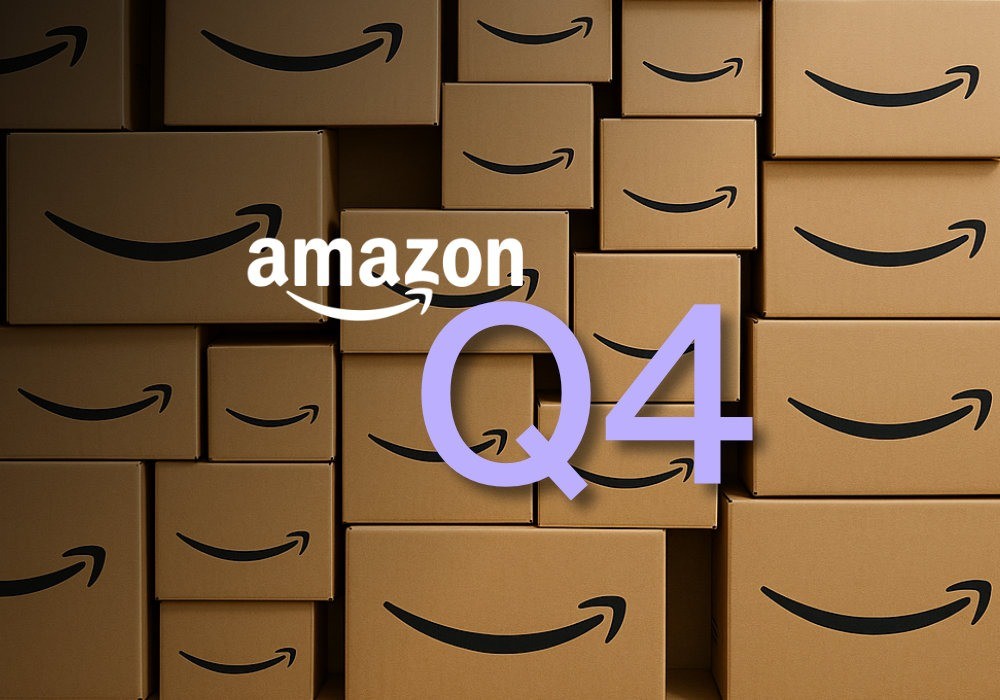On April 2, 2025, President Donald Trump announced a sweeping new set of import tariffs that will significantly reshape the landscape for U.S.-based Amazon sellers. The new tariff structure includes a universal 10% duty on all imports, with steep “reciprocal” tariffs on certain countries: 34% on China, 20% on the EU, 24% on Japan, and more. These tariffs will affect nearly every category sold on Amazon—from electronics and apparel to home goods and automotive parts.
For Amazon sellers, especially those sourcing products from abroad, this is a moment of reckoning. Costs are set to rise across the board, making it essential to understand the implications and adapt strategies fast. In this guide, we break down the new tariffs, explore which products are most affected, and offer actionable advice for how sellers can adjust sourcing, pricing, and logistics to protect their business.
What Are the April 2025 Tariffs?
The core changes announced include:
- 10% Universal Tariff: A blanket 10% duty on all goods entering the U.S. from any country, effective April 5, 2025.
- “Reciprocal” Country-Specific Tariffs: Additional tariffs on top of the 10%, including:
- China: +34% (totaling ~44%)
- Vietnam: +36% (totaling ~46%)
- Cambodia: +39%
- EU: +10% (20% total)
- Japan: +14%
- Taiwan: +22%
- Indonesia: +22%
- India and South Korea: ~25–26%
- North America Exception: Canada and Mexico exempt from new reciprocal tariffs if goods comply with USMCA rules, but a general 25% tariff now applies to most other goods.
- De Minimis Rule Closed for China: No more duty-free threshold under $800 for Chinese imports.
These tariffs are part of Trump’s broader strategy to reduce U.S. trade deficits and shift manufacturing back to the U.S. or friendly regions.
Product Categories Most Affected
Virtually all imported goods are impacted. Key categories for Amazon sellers include:
- Electronics: Heavy reliance on Chinese manufacturing means tariffs of up to 54%. Expect significant price hikes on accessories, gadgets, and components.
- Apparel & Footwear: Sourced largely from Vietnam, China, and Cambodia. Sellers may face duties approaching 40–50%, squeezing margins.
- Toys & Games: China remains dominant in toy production, and the new tariffs will force sellers to raise prices or cut features.
- Home & Kitchen: Items like cookware, décor, and furniture sourced from Asia are subject to higher duties—expect cost increases across the board.
- Automotive Accessories: Even smaller sellers in this category will feel the sting of added tariffs on Chinese-made parts.
- Food & Supplements: Imported goods, especially specialty foods or ingredients, will now cost more. The impact varies by source country.
Pharmaceuticals are temporarily exempt, but most consumer goods are affected either directly or indirectly.
Immediate Impacts for Amazon Sellers
1. Higher Product Costs
Expect significant cost increases per unit. A $10 item from China could now cost over $13.40. Sellers who fail to adjust pricing or reduce costs elsewhere may see profits vanish.
2. Pricing Pressure and Margin Squeeze
Raising prices is tricky. The Amazon Buy Box favors competitive pricing, so sellers must balance profitability with staying visible. Incremental testing of new price points is essential.
3. Inventory Value Shift
Stock already in the U.S. before April 5 isn't affected. Sellers who planned ahead may benefit temporarily. But reorders will be subject to tariffs, so future margins will be lower unless prices increase.
4. Customer Expectations
Higher retail prices may dampen demand. Sellers should expect lower conversion rates on non-essential items and factor this into advertising spend and pricing strategy.
How Amazon Sellers Can Adapt
1. Diversify Supply Chain
Seek alternatives in countries with lower tariffs—e.g., Bangladesh, India, or Latin America. Not every nation is hit equally. Even saving 10–15% on duties can restore margins.
2. Explore Nearshoring
Manufacturing in Mexico or Canada under USMCA can eliminate some tariffs. Sellers should explore vendors in North America for suitable products or components.
3. Renegotiate with Suppliers
Suppliers may be willing to reduce prices or offer better payment terms to retain U.S. clients. Ask about production shifts to less-affected countries or cost-sharing options.
4. Redesign Products
Reducing packaging, simplifying features, or swapping materials could bring costs down. Even minor changes could result in lower duties depending on tariff classifications.
5. Monitor Competitor Pricing
Track price movements in your niche closely. If competitors raise prices, you can follow without losing market share. Tools for pricing intelligence can help.
Operational Adjustments for a Tariff-Heavy Market
- Lean Inventory: Avoid overstocking high-tariff goods. Use forecasting tools to manage stock efficiently.
- Evaluate Shipping Costs: Opt for sea freight over air freight to reduce overall landed costs.
- Finance Smartly: Secure short-term credit or Amazon loans to manage higher upfront inventory costs.
- Cost Reductions: Revisit FBA prep fees, packaging materials, and ad spend. A few percentage points of savings add up fast.
- Stay Agile: Trade conditions may change. Be ready to pivot quickly if negotiations change tariff terms.
Final Thoughts
The April 2025 tariffs are a turning point for Amazon sellers. They require fast adaptation, strategic decision-making, and a willingness to reassess every part of your business. Whether you're a seasoned FBA veteran or just starting out, the key to survival is flexibility.
Focus on resilient supply chains, smarter pricing, and operational efficiency. These changes may feel daunting, but they also offer opportunities to innovate and stand out. Those who move quickly and stay informed will be in the best position to navigate the turbulence and come out ahead.



